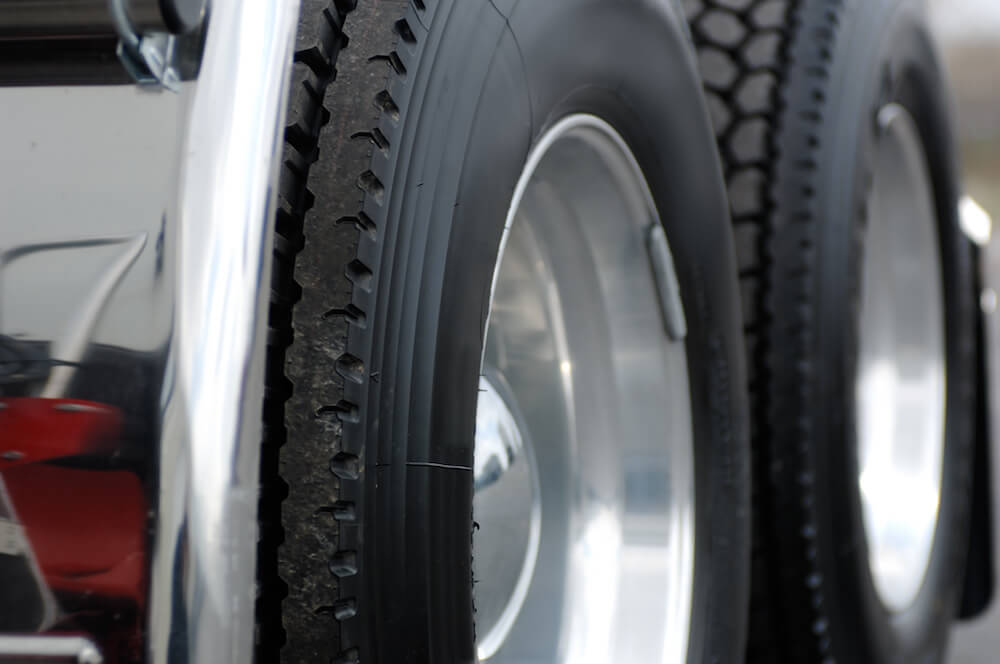The Federal Motor Carrier Safety Administration (FMCSA) enforces a program known as Hazardous Materials Safety Permit (HMSP). The purpose is to increase safety for the driving public and commercial truck drivers. The FMCSA maintains a database outlining the types of materials that require truckers to obtain a permit before they can transport them. We include this information below.
FMCSA List of Hazardous Materials
In addition to specific materials, the FMCSA has also instituted limits in pounds or quantity that a driver must exceed before requiring a Hazardous Materials Safety Permit. The list includes:
Explosives: This applies to a Division 1.1, 1.2, or 1.3 material that weighs more than 55 pounds. It also includes Division 1.5 explosives when they require a placard as described in Part 172, Subpart F in the FMCSA publication 49 CFR.
Methane: Liquified natural gas, refrigerated liquified methane, compressed liquified methane, or any other type of gas that contains at least 85 percent methane content inside of bulk packaging requires a Hazardous Materials Safety Permit. The capacity of the packaged material needs to be at least 3,500 gallons in liquid or gases.
Radioactive materials: As defined in Section 173.403 of the 49 CFR publication, truckers must obtain a safety permit for any radioactive substance of Class 7 materials they transport on a route-controlled highway.
The Hazardous Materials Safety Program also applies to a category it labels Toxic by Inhalation Materials. This splits into several different categories as outlined below.
Hazard Zone A: This includes any material that produces a poisonous effect. Section 171.8 of 49 CFR defines hazardous materials while Section 173.116(a) and Section 173.133(a) define hazard zones.
Hazard Zone B: This covers any substance considered poisonous when inhaled. It references the same FMCSA regulations as above except that it refers only to bulk packaging exceeding 119 gallons.
Hazard Zone C and Hazard Zone D: Commercial truck drivers can find the differentiation for these zones in Section 171.8. Both include packaging of 3,500 gallons or more. The FMCSA makes special distinctions for anhydrous ammonia depending on whether the driver intends to transport it internationally or within the United States.
What types of insurance do you need when hauling hazardous materials?
As with all types of cargo, you will need liability insurance coverage at a minimum. This policy pays for damages that you cause to others in an at-fault accident. It does not cover any injuries or damages that you sustain yourself. The minimum amount is typically $1 million dollars but may go as high as $5 million dollars depending on the authority you operate under and what you transport.
Transportation of hazardous materials, commonly known as hazmat insurance, is another typical requirement for delivering any of the cargo described above. It can cover such things as clean-up of site pollution, ongoing contamination, cargo loading and unloading, and accidents while in transit.
We can help you find the right big rig insurance.
Our team of truck insurance agents works with commercial truckers to assist them in obtaining quotes from multiple insurance carriers depending on their unique situation. You can get started with 18-wheeler insurance quotes by filling out our online quote form, giving us a call, or sending us a message on LiveChat.
Source:
https://www.fmcsa.dot.gov/faq/what-hazardous-materials-require-hazardous-materials-safety-permit



